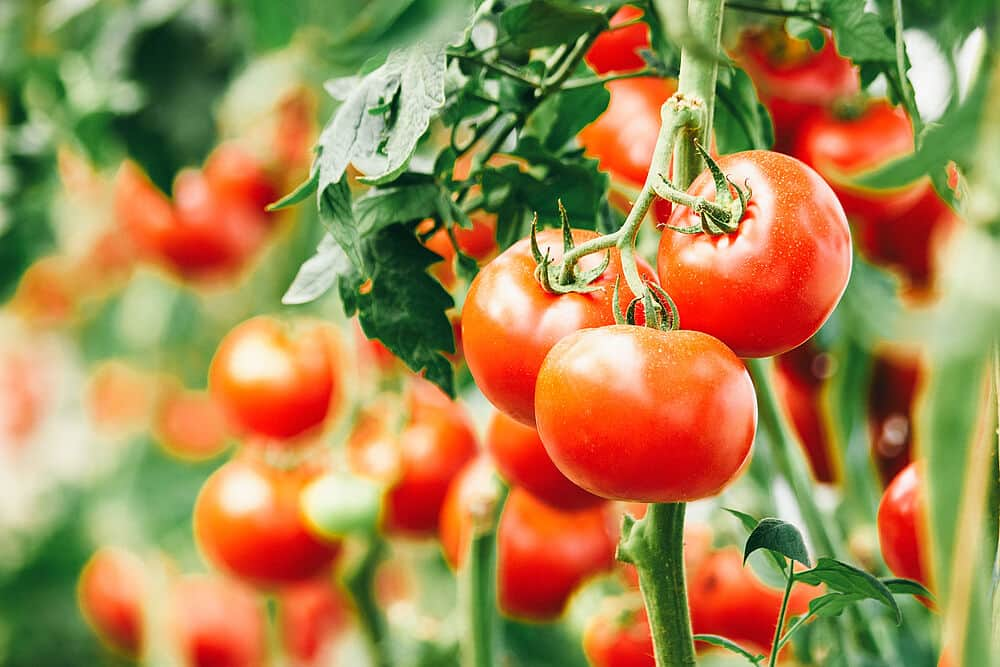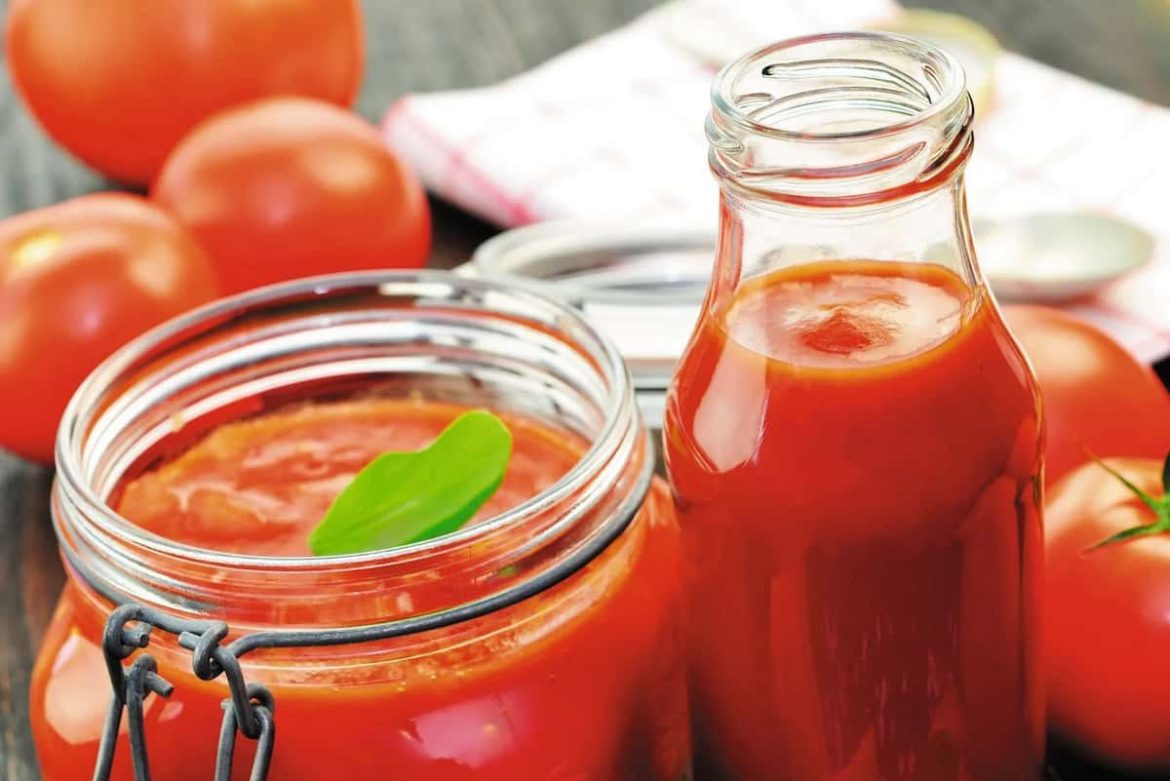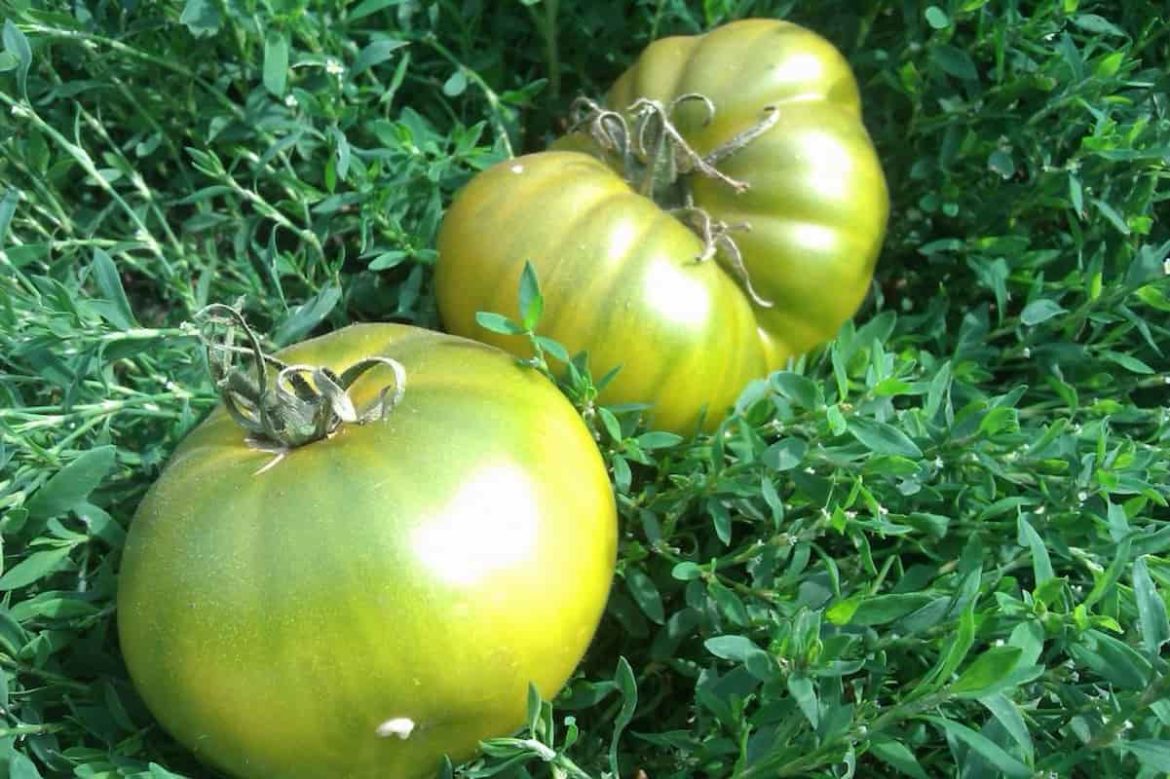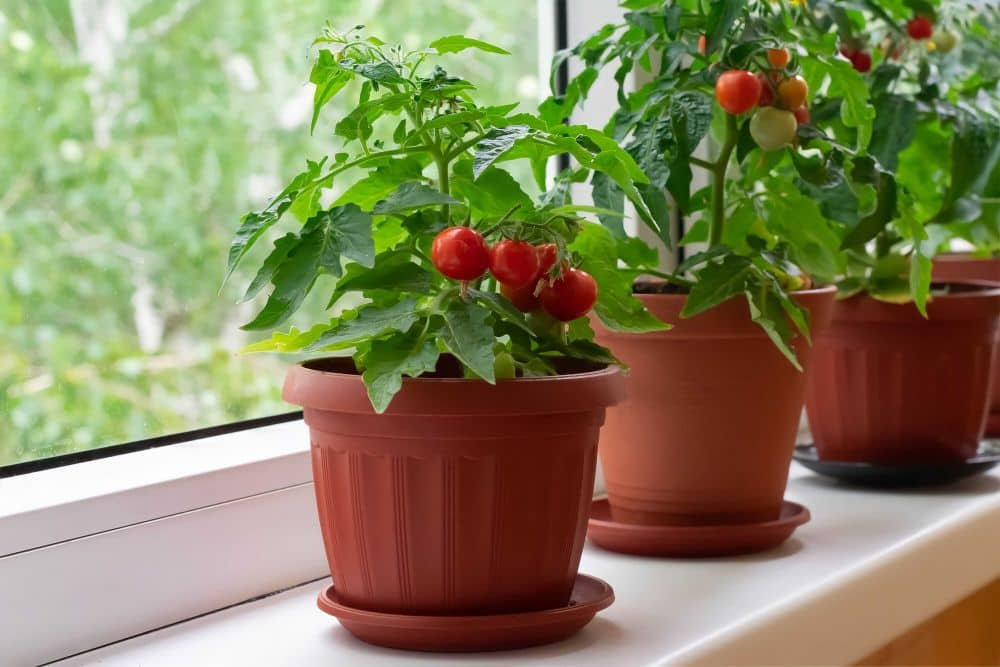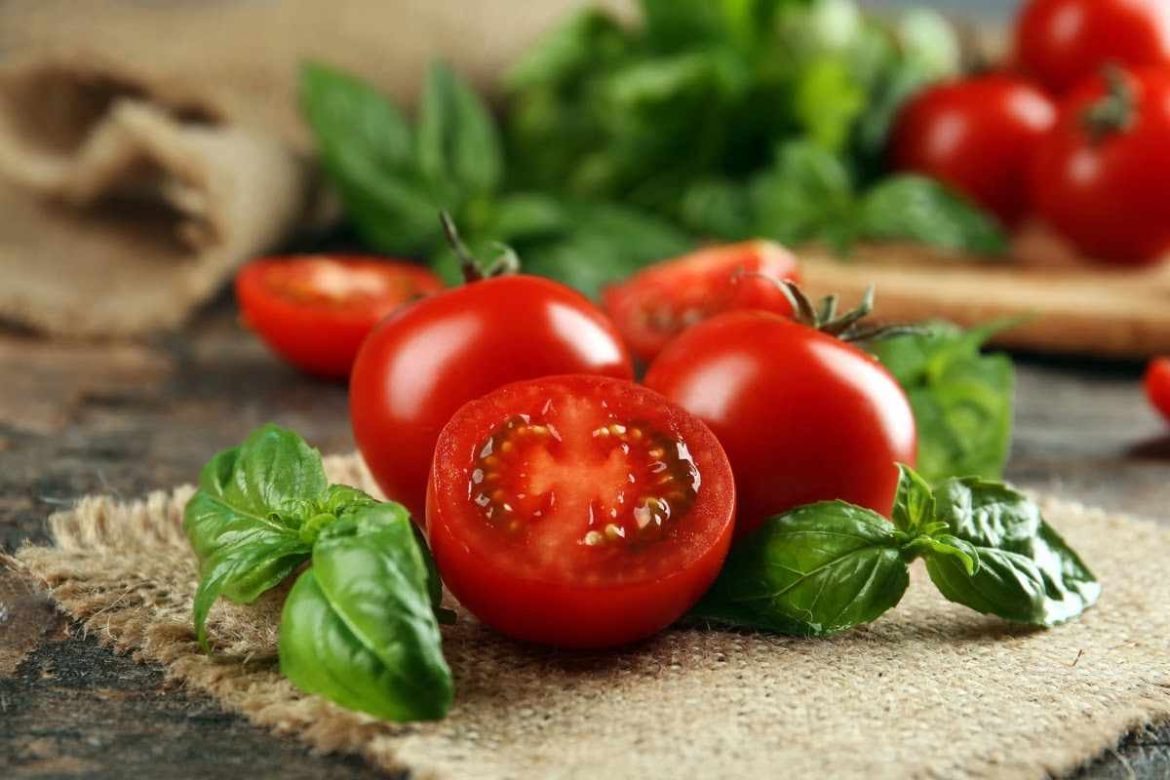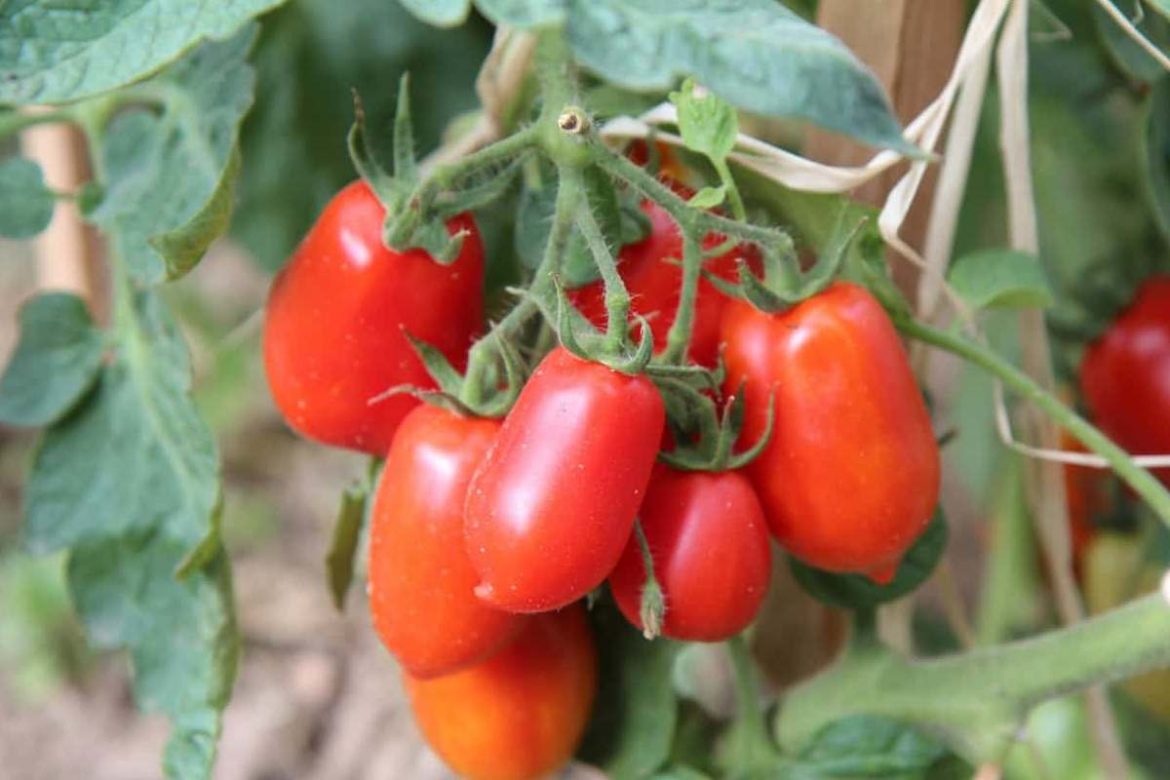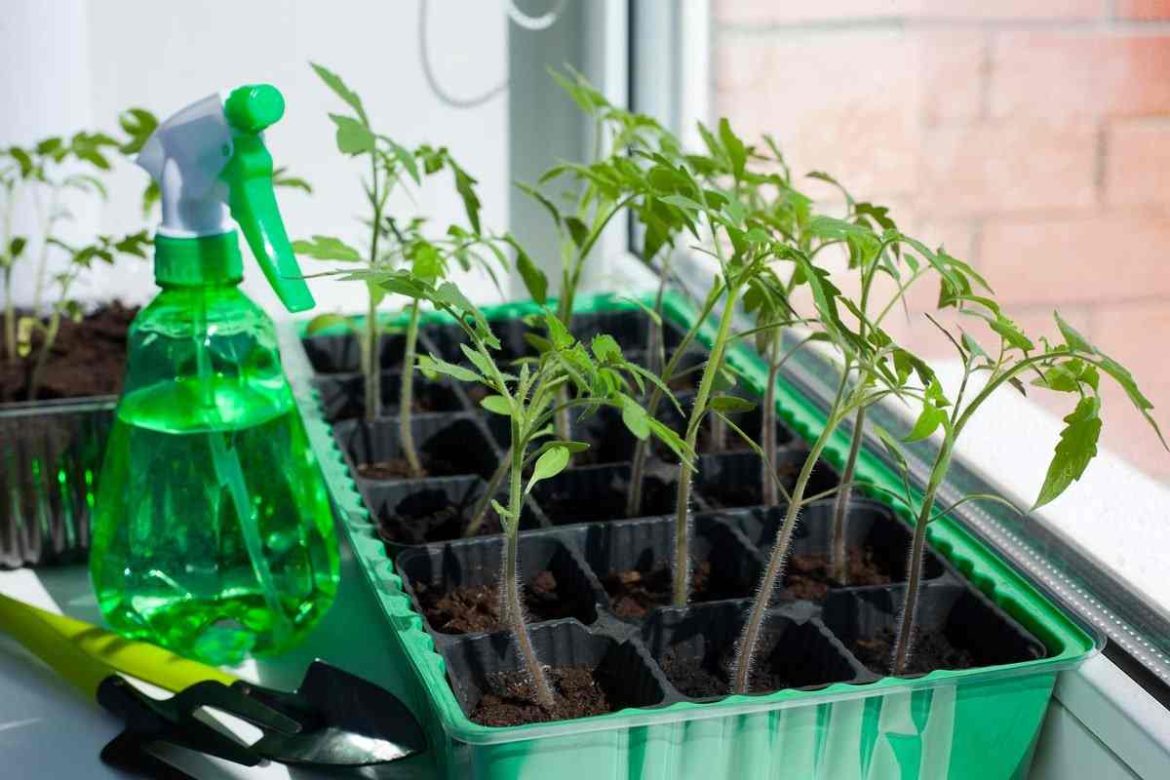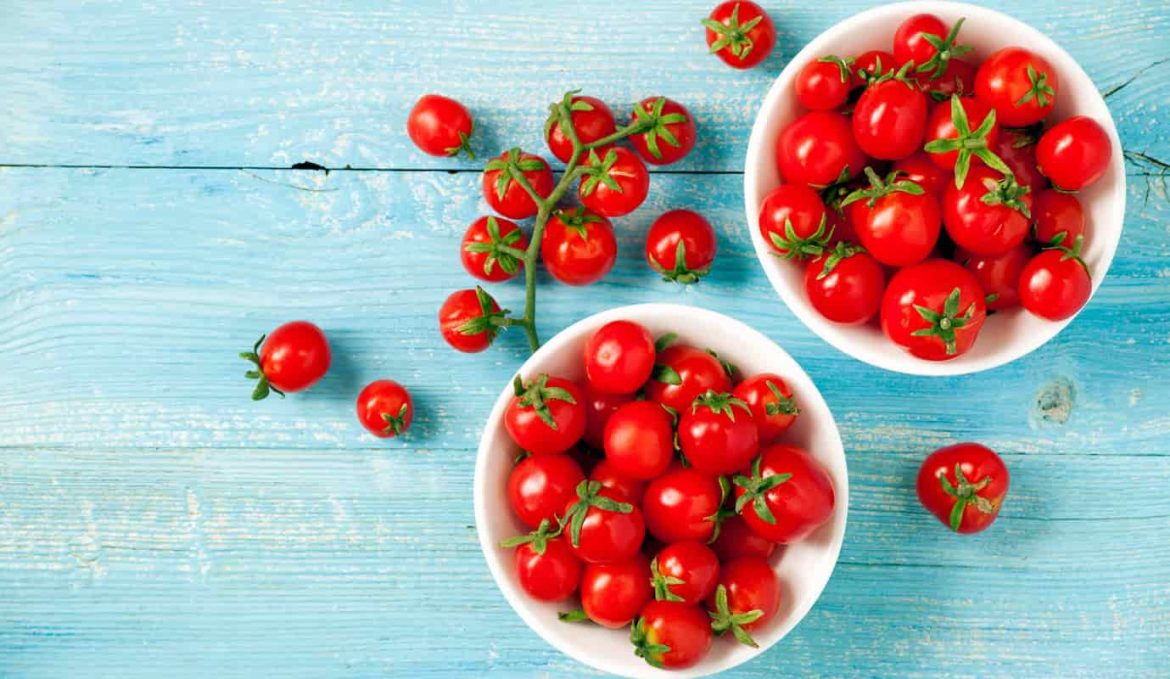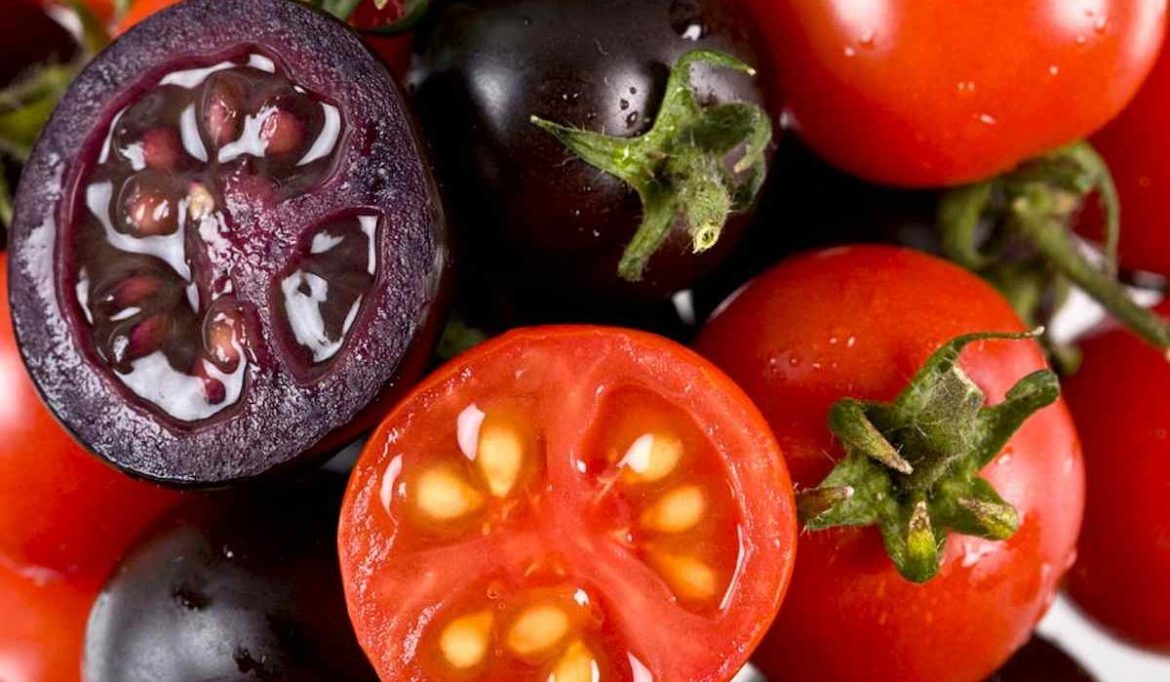The best price for buying Tomato crop in USA
The crop of tomato, also known as Lycopersicon esculentum Mill which is one of the commonly used vegetables is very popular in USA
The majority of people who keep gardens keep at least one tomato plant in them
Even in small spaces such as single pots or window box gardens, you can cultivate these plants
Whether you utilize the modern or traditional way for cultivating it, you need a proper management to make it fruitful
From processing to fresh market, and from beefsteak to grape tomatoes, the variety of the fruit and the ways in which it can be utilized are nearly limitless
Tomatoes are a type of plant that belongs to the family Solanaceae, which also contains peppers, eggplants, Irish potatoes, and tobacco
The western coastal plain of South America, which stretches from Ecuador to Chile, is where the tomato first appeared in its modern form
Mexico is credited with being the country that first domesticated the tomato and selecting a wide range of sizes and colors for the crop
Around the year 1500, the fruit was brought to Europe for the first time
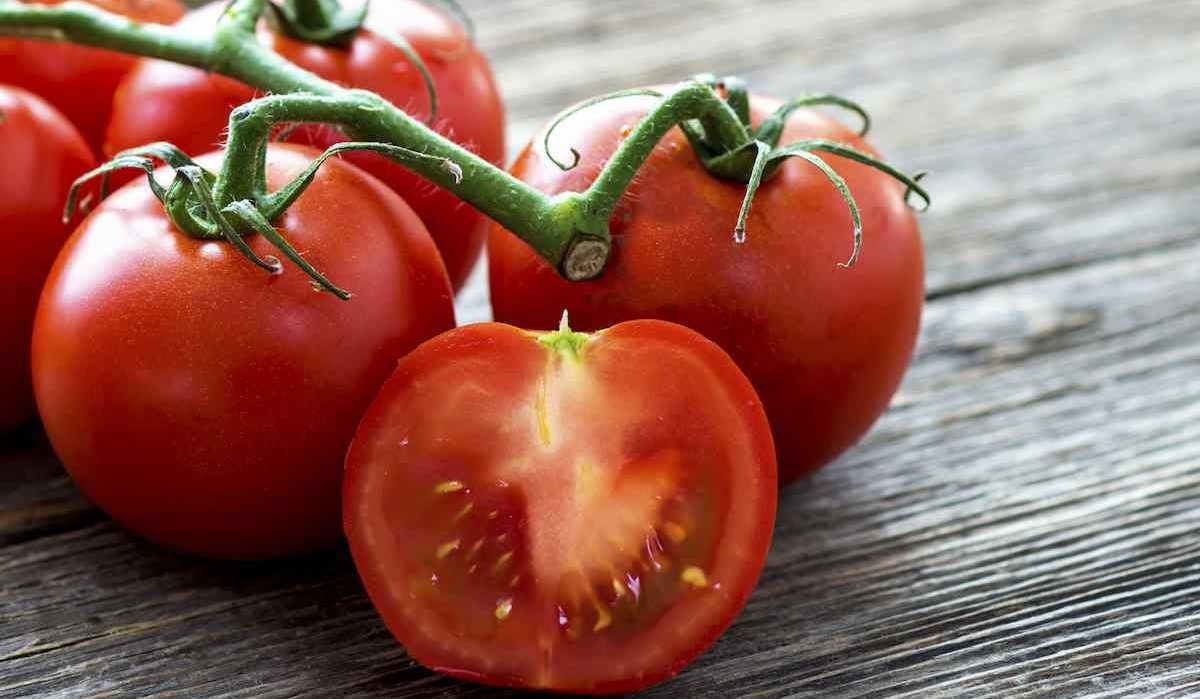
Because they were called pomodoro in Italy, which literally translates to “golden apple,” it’s likely that the yellow variety was the first to be brought to the area
Because tomatoes come from the same family as other plants in the nightshade genus, people mistakenly believed for a long time that they were harmful to eat
In point of fact, a significant number of the plants that belong to this family contain alkaloids
Tomato leaves contains dangerously high concentrations of tomatine, while tomato fruit undergoes an enzyme transformation that transforms it into a non-hazardous form
In England and France, the crop was not used for human consumption until the 18th century due to the widespread idea that it was evil
Tomatoes arrived in the United States in 1710, but they didn’t start becoming widely consumed as a food source until much later that same century
Even as late as the year 1900, many people still held the opinion that tomatoes should not be consumed because they were poisonous
Over the course of the previous century, the utilization of the crop has significantly increased
There are currently over 400,000 acres dedicated to the production of tomatoes in the United States

More than 12 million tons are processed into a variety of products each year, including soup, catsup, sauce, salsa, and prepared dishes
The annual production reaches 14 million tons (12
7 million metric tons)
Another 1
8 million tons are produced for the fresh market
The production on a global scale now surpasses 70 million metric tons
Tomatoes are the most important vegetable crop grown in the United States for the purpose of food processing
Within the United States, California is the most important producer of tomatoes used in food processing
Additional important producers are the states of Indiana, Michigan, and Ohio
The majority of tomatoes grown in the United States for fresh market consumption are grown in the states of California and Florida
Additionally, considerable volumes of fresh market tomatoes are produced in the states of Ohio, Tennessee, Virginia, and Georgia
Tomatoes provide great nutritional value
In recent years, they have gained recognition as a significant source of lycopene, which is a potent antioxidant that also has anticancer properties
Additionally, they are a source of essential vitamins and minerals
One medium-sized, fully ripe tomato (around 145 grams) has the potential to deliver up to 40 percent of the Vitamin C Recommended Daily Allowance and 20 percent of the Vitamin A RDA
They also add to the diet by providing B vitamins, potassium, iron, and calcium
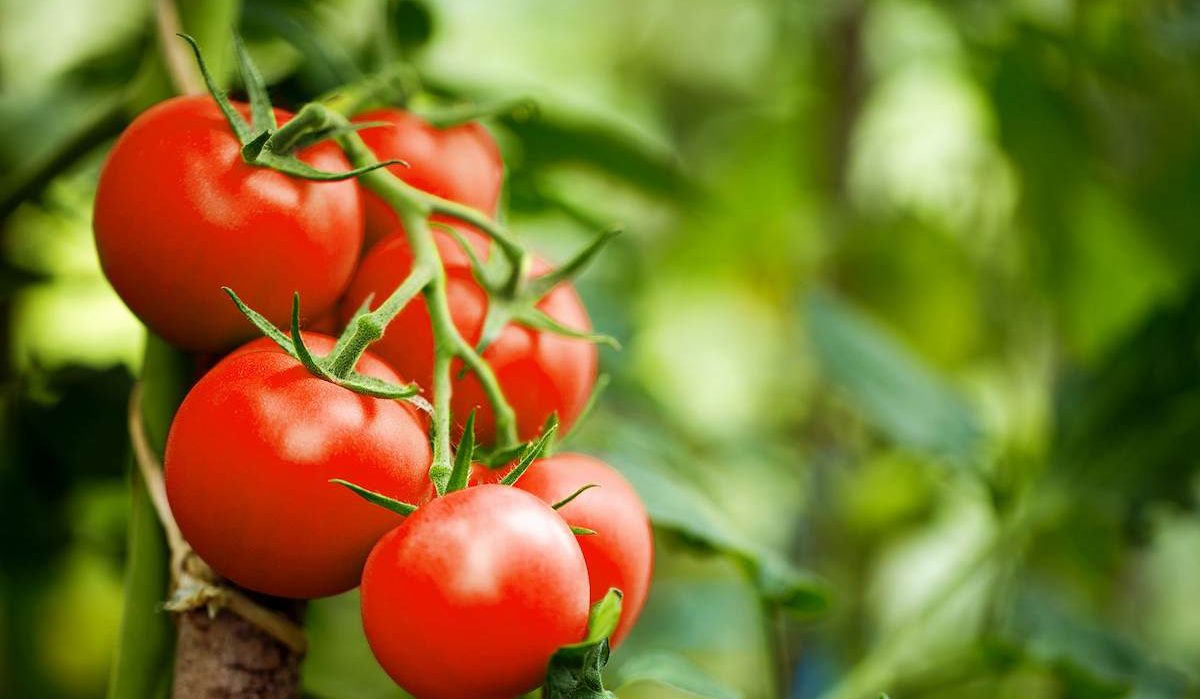
modern tomato crop management
On the condition of appropriate management, there are numerous modern techniques for cultivating tomato which reduce the use of water
The tomato is a crop that thrives in warm seasons
Temperatures between 21 and 24 degrees Celsius bring out the best red color in tomatoes, which is regarded to be the perfect range for tomato cultivation, which takes place at temperatures between 20 and 25 degrees Celsius
If the temperature is above 43 degrees Celsius, the plants will burn, and the blooms and little fruits will also fall off
Conversely, if the temperature is below 13 degrees Celsius or above 35 degrees Celsius, the number of fruits and the red color production ratio will drop
Although it may thrive in a broad variety of soil types, Land Tomato is most successful when grown in rich, deep, well-drained soils that have strong drainage capabilities
It is generally agreed that sandy loam to medium black soils are the most ideal conditions for tomato growth
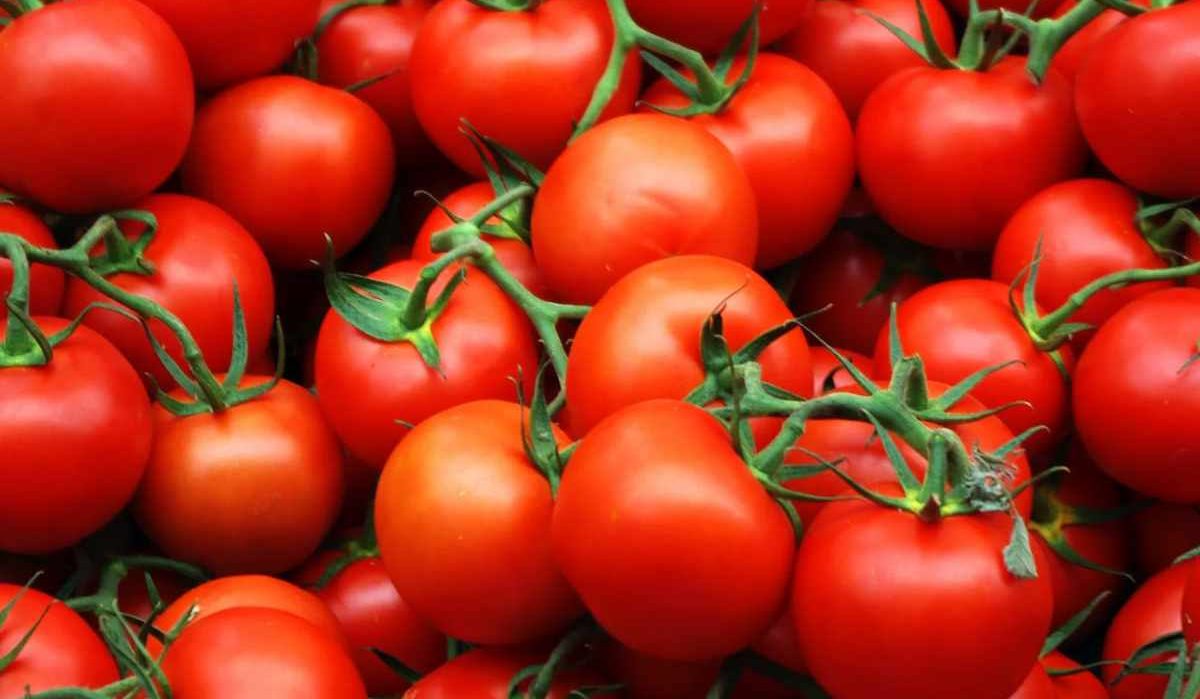
The PH of the soil must be between 6-7 for tomato production, and it must also have great drainage properties
The months of May and June, September and October, and December and January are used to cultivate seedlings for kharif crops, rabi crops, and summer crops, respectively
Choose a piece of land that is free of potentially dangerous bacteria and fungus, as well as pest larvae and other organisms, before beginning to prepare a nursery
Create a raised bed that is three to four meters long, one hundred twenty centimeters wide, and approximately fifteen centimeters high
Place the seeds along the lines that you marked on the bed, then cover them with some loose dirt
After that, spray the water over the beds and cover them with organic mulch such as paddy straw or green leaves
The beds should be left how they are until the seeds begin to germinate
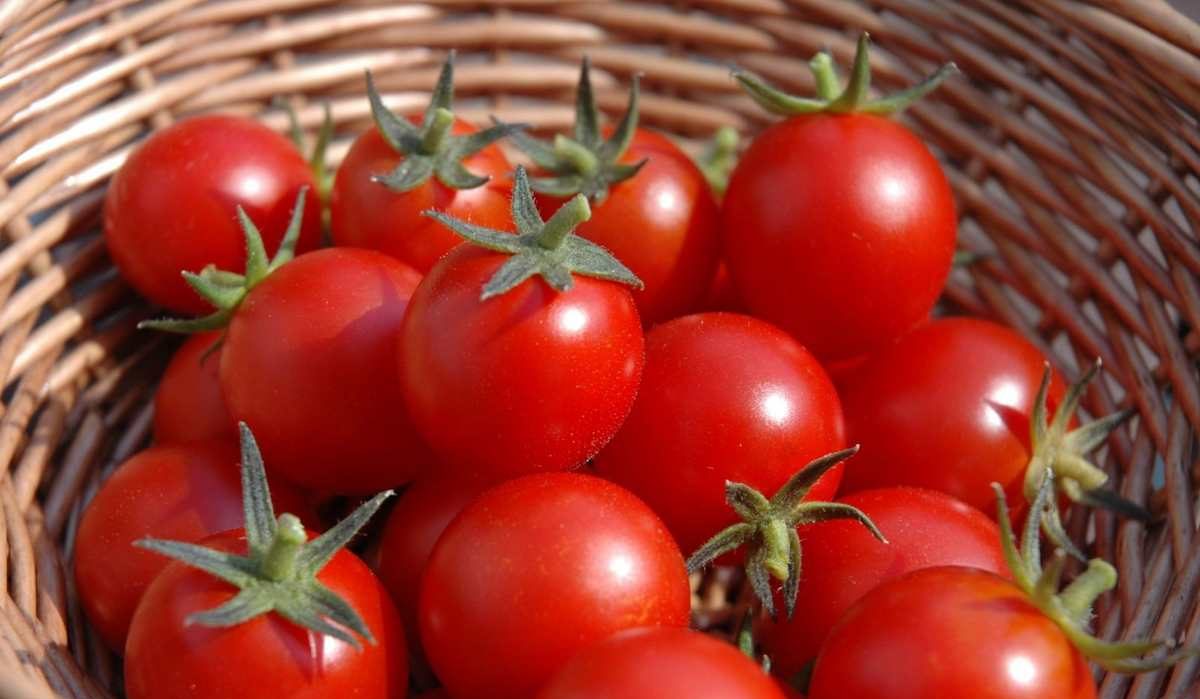
Under open field conditions, seedlings are typically ready for transplantation between 30 and 45 days after they have been planted
The nursery should be watered as needed and according to the schedule
If it is not possible to establish the nursery in the open field, then it can be raised in polyhouses that have natural ventilation, and this process can be completed in 25 to 30 days
If you intend to cultivate tomatoes using the drip irrigation method, the transplanting process must be carried out in a paired row system with a spacing of fifty centimeters by fifty centimeters
Fertilizers And Manure When the area is being prepared, a rate of 20 to 25 t/ha of well-decomposed FYM should be broadcast and well mixed into the soil
Then, apply a foundational dose of fertilizer consisting of sixty kilograms of nitrogen, eighty kilograms of phosphorus, and sixty kilograms of potash per hectare
After 30 to 45 days have passed since planting, a quantity of nitrogen equal to 30 kg should be applied to the crop
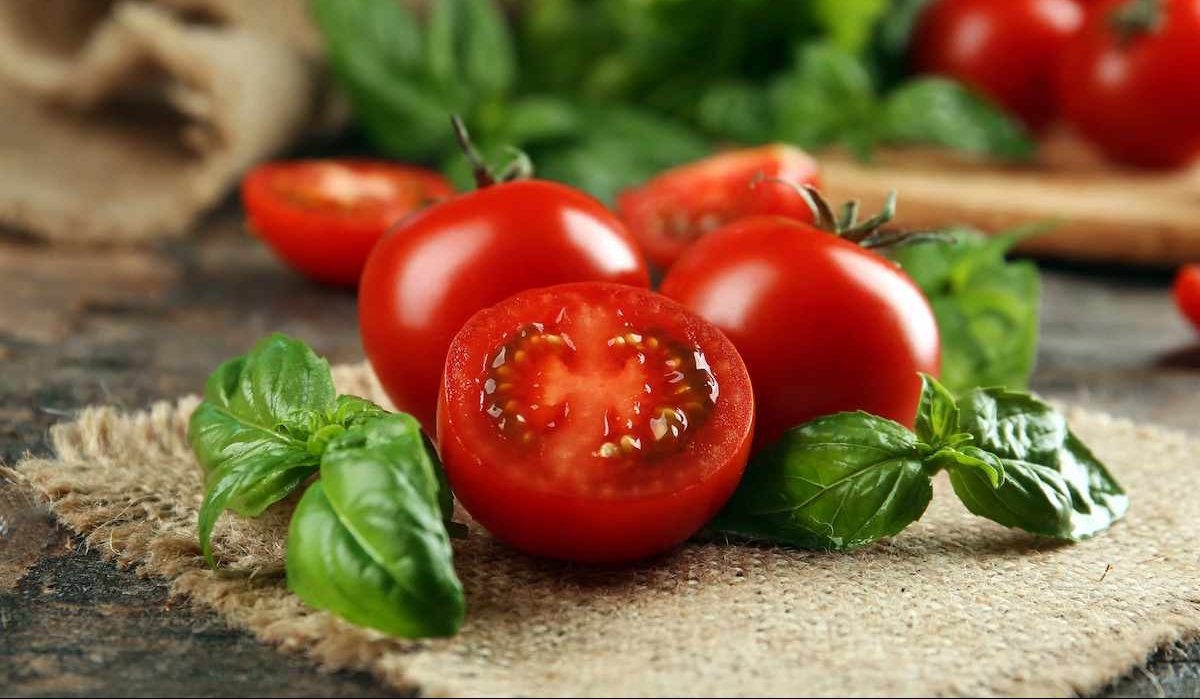
Traditional tomato crop management
Tomatoes can be grown successfully using a variety of different approaches including traditional soil-based method, growing tomatoes in straw bales, and planting tomatoes in containers
The important point here is that you can use any of these methods for the crop of tomatoes but you need a proper management for that
Tomatoes can be grown successfully in a number of different ways, depending on a number of different factors, such as the type of soil that is present in the planting location, the average amount of moisture that is present in the area, and the amount of time that the grower is willing to invest in the crop
For conventional tomato production, begin by preparing the soil
Create a planting space for each tomato plant
Amend the soil with compost, either that you have created yourself or that you have purchased, particularly if the soil is deficient in nutrients or is very heavy
Take each tomato plant individually and carefully pull it out of the ground
Carefully separate the roots, and then place them in the hole that has been prepared
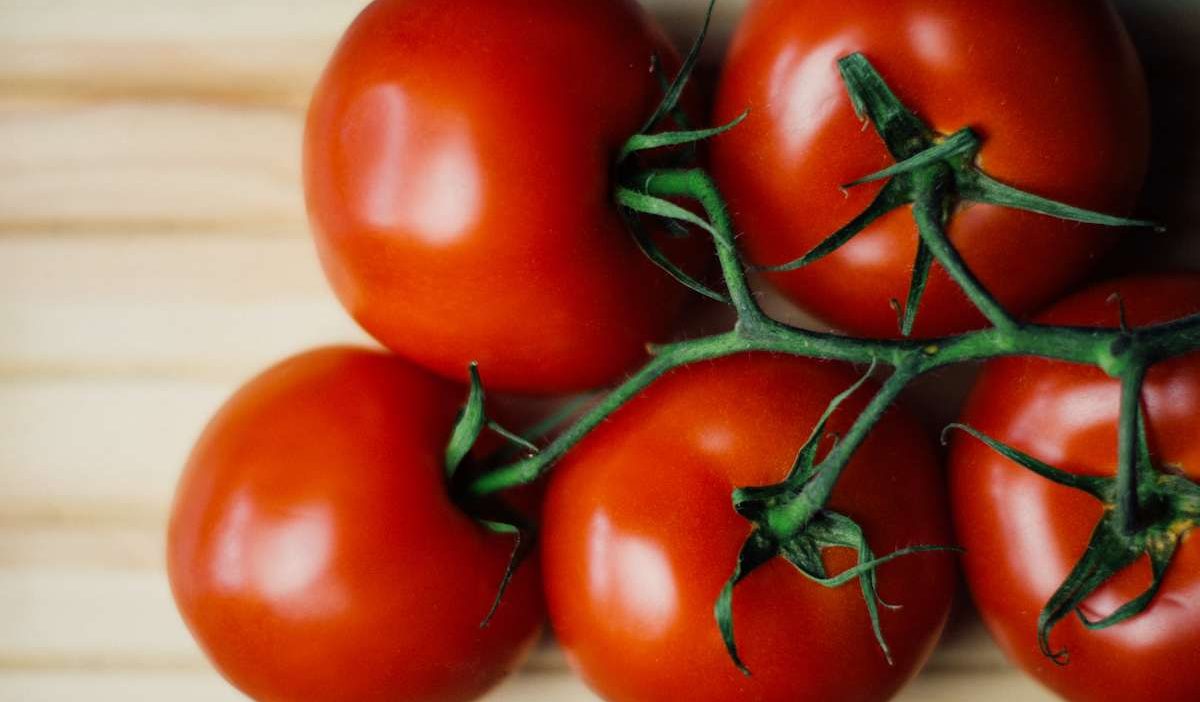
Put the tomato plant in the ground so that it is somewhat lower than it was when it was in the container
After the planting hole has been carefully filled in, lightly pat the soil around the tomato plant, and then water the plant
By applying mulch around the plant, you can suppress the growth of weeds and assist the soil retain its moisture
As mulch, you can make use of hay, straw, pine needles, or gardening mulch
A tomato cage or stake is required to provide support for determinate tomato plants, which are the sort of tomato plants that are most typically produced in home gardens
Although it will be several weeks before the tomato has reached the size where it needs the support, the plants are much simpler to work with when they are smaller
The use of straw bales as a medium for tomato production is yet another method
Straw bale farming is appropriate for places with poor soil, particularly if the gardener wishes to cultivate more than a few tomato plants
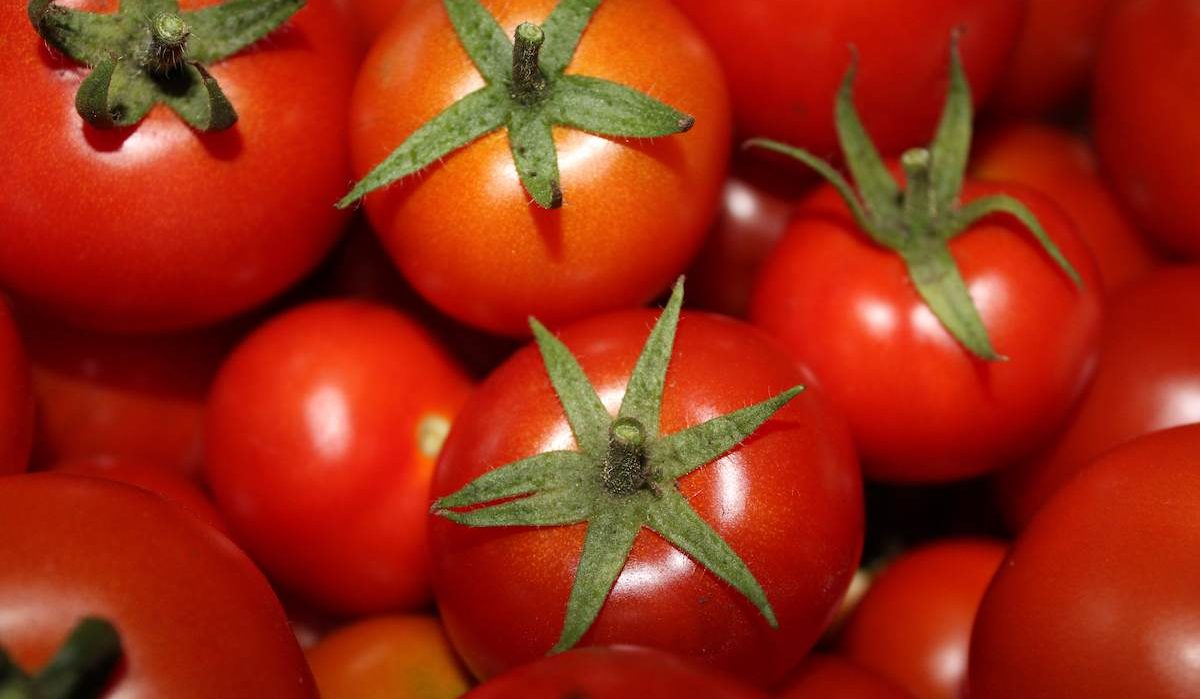
To cultivate utilizing bales of straw, merely position the bales of straw in the area where cultivation is to take place
After giving the straw a good soaking, make a planting hole in it with the help of a trowel and then water the area again
After you have transplanted the tomato into the bale of straw and smoothed it back over the plant’s roots, you can harvest your tomato crop
Once every other week, give the tomato plants a light drench of fertilizer that has been diluted
Tomatoes may be grown successfully in containers, which makes them an appealing option for gardeners with little space
Collect some pots, place some top soil and compost inside of them, and then plant the tomato seeds
Container gardening is especially suited for use in locations that receive a limited amount of natural sunlight due to the portability of the containers, which enable the gardener to relocate the containers to locations where they will receive the maximum amount of sunlight
Because of how rapidly the soil in container gardens dries out, they frequently need to be watered
When it comes to creating an ornamental container garden, tomatoes, peppers, and herbs go together very nicely
If you want to make a salsa garden, plant tomatoes, peppers, and cilantro in a huge pot
If you want to make an Italian garden, plant tomatoes, sweet peppers, and basil

